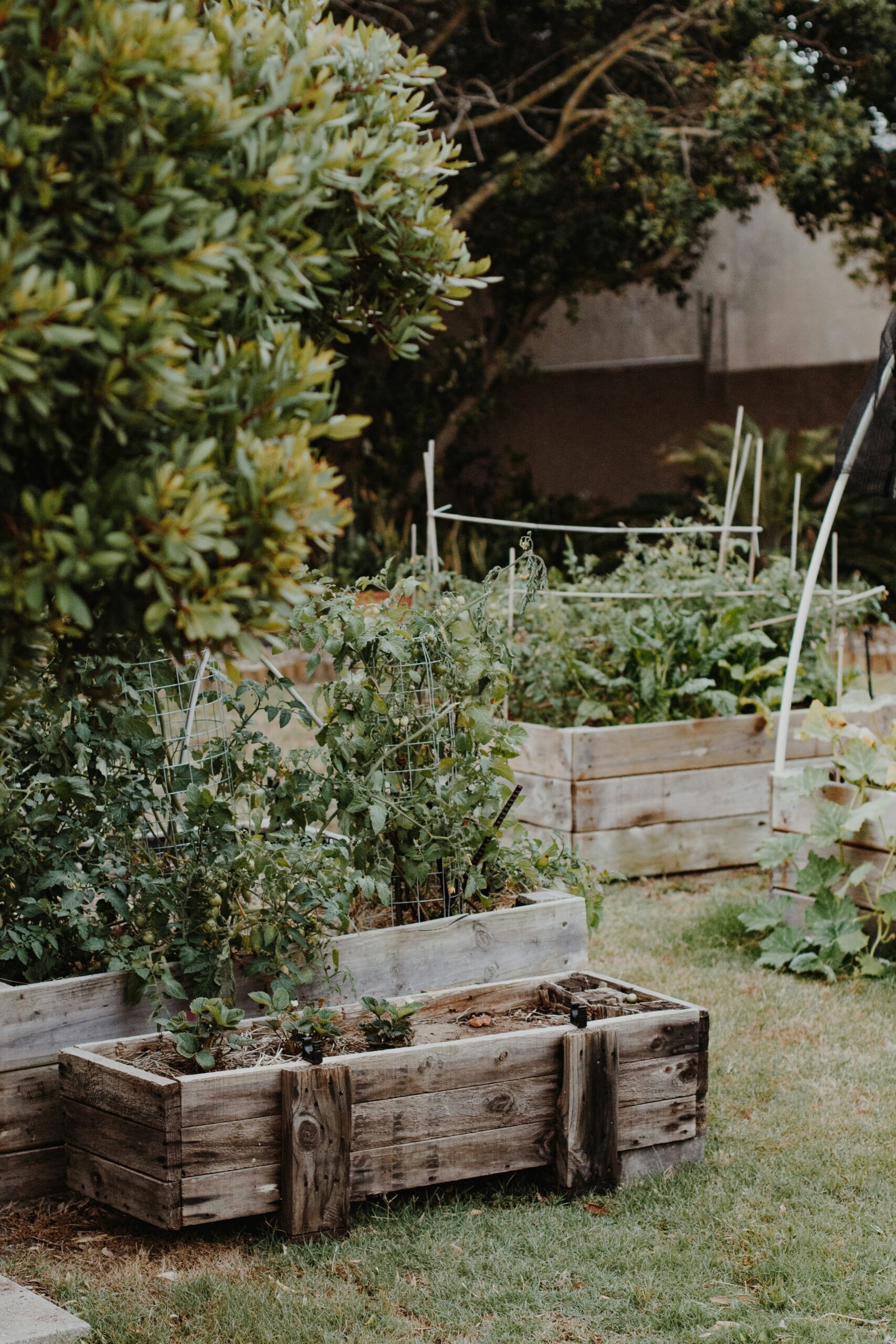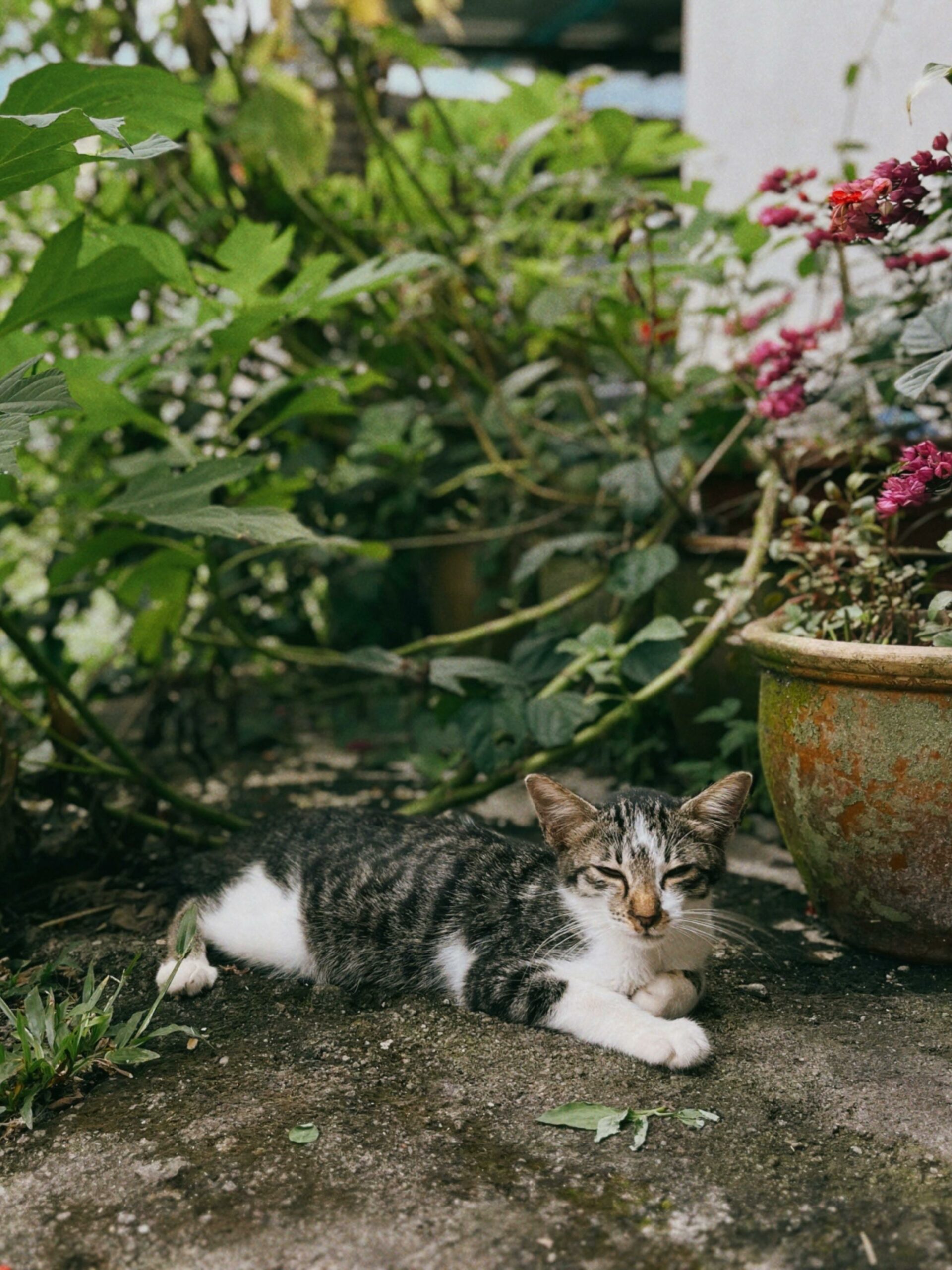Successful gardening goes beyond simply planting seeds or transplants; it involves intentional planning to maximize the potential of your garden space. By viewing your garden as a season-long opportunity to grow food, support habitat, practice regenerative techniques, and foster community, you can create a thriving and fulfilling garden experience. Here are some key considerations to guide your garden planning journey:
Planning for Purpose:
- Determine whether you’ll be gardening in individual or shared plots, considering communal areas for sprawling crops like pumpkins or winter squash.
- Create a plan for donating surplus produce to food banks or those in need through the Fresh Food Connect app
- Connect with your heritage by growing and preserving special varieties that hold sentimental value.
- Foster a community of flowers and herbs near your vegetables to attract beneficial insects for natural pest control; zinnia, marigold, calendula, dill, chamomile & basil are all helpful companions.
Structuring the Plot to Fit Your Needs:
- Experiment with different plot shapes, such as rectangular, heart-shaped, or butterfly-shaped, to suit your interests.
- Designate distinct areas for internal foot pathways to reduce soil compaction and erosion; ‘walkways’ should be 18”-2’ wide and can be covered with straw or leaves, materials that will slowly decompose and add organic material to the soil as they are stepped on. Straw is better than muddy pathways!
- Consider incorporating raised beds for easier access, improved drainage, and extended growing seasons.
- Utilize vertical gardening techniques for vining crops to maximize space and sunlight exposure.


Planning for Places of Peaceful Reflection:
- Create spaces within your garden where you can pause, slow down, and find joy.
- Bring in elements like chairs, straw bales, or tree stumps for comfortable seating.
- Keep a journal to document changes in your garden and personal reflections throughout the season.
Planning for Seasonality:
- Understand the temperaments of your plants and their preferences for different seasons.
- Denver’s last expected spring frost is around May 15, so plan to direct sow cool season crops by mid – April; salad greens (lettuce, spinach, arugula), green onions, radish and cilantro can all be direct seeded when night time temperatures are above 40 degrees.
- Plant small quantities of salad greens (succession planting) at 2 week intervals to stagger maturity times
- Corn, beans, squash, cucumbers & melons can be planted beginning the first week in May.
- Pepper & tomato transplants should not be planted outside until night time temperatures are at least 55-60 degrees. Don’t get fooled into planting too early. Plants that are under stress give of chemical compounds that can affect their overall health and attract pest insects.
Planning for Ease of Harvest:
- Implement vertical gardening methods to reduce labor and improve plant health.
- Utilize trellises, cages, or living supports like corn or sunflowers for vining crops.
- Minimize soil compaction and disease by keeping fruits off the ground.
Planning for Diversity:
- Start with compost-enriched soil to support a diverse garden ecosystem.
- Embrace cultural diversity by incorporating different crops, planting traditions, and cooking techniques.
- Plant flowers and herbs to attract pollinators and create a mini wildlife habitat.
- Personalize your garden space with creative elements like painted stones or decorated structures.




